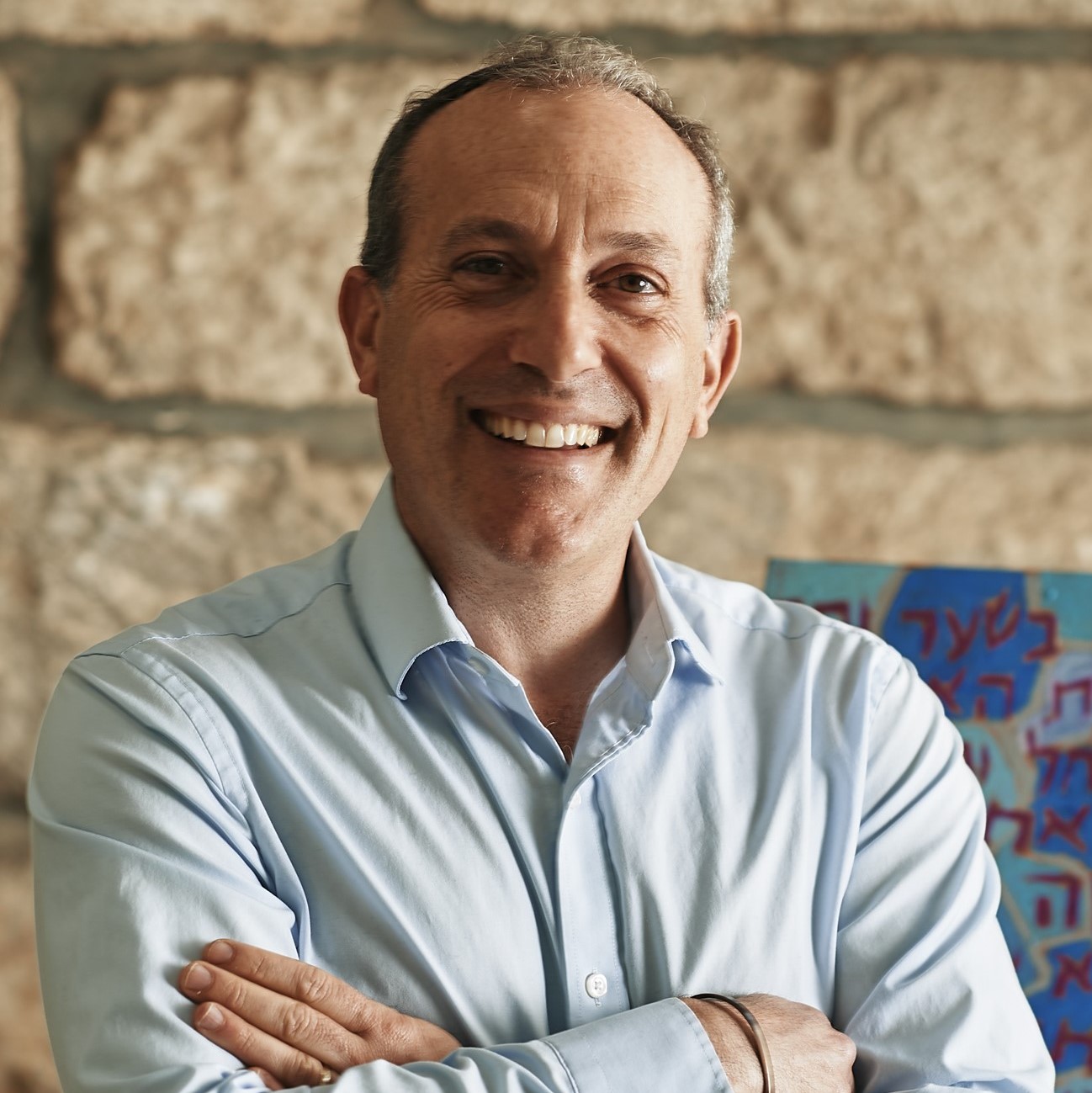Whose Land?

Over the past few weeks, immigration and the protection of foreign workers have taken center stage on the American political scene. Far from being a distant, abstract philosophical conversation, the issue is one that the Jewish community has wrestled with throughout its many years of wandering. Indeed, this is a topic that touches the heart and soul of our people. In one month’s time, we will come together to celebrate the festival of Shavu’ot, in which we mark the giving of Torah. The signature scroll associated with Shavu’ot is the story of Ruth. The narrative opens with the flight of an Israelite family as a result of famine, continues with the many tragedies that befall this family in the land of their sojourn, Moav, and then continues with the bittersweet return to Bethlehem of the matriarch, Naomi, with her Moabite daughter–in–law, Ruth. As they find themselves in dire straits, Ruth tells Naomi that she would like to procure food by gleaning the fields of an Israelite who “may show her some kindness.”
The book tells us, “Ruth came and gleaned in a field, behind the reapers, and as luck would have it, it was the piece of land belonging to Boaz, who was of Elimelech’s [Naomi’s late husband’s] family” (Ruth 2:3). The redemptive action of the entire narrative is sparked by the kindness shown to a destitute gleaner in the field. Appropriately enough, this week’s Parashat Aharei Mot–K’doshim legislates this profound mitzvah.
Leviticus chapter 19, verse 9 movingly declares, “When you reap the harvest of your land (artzekhem), you shall not reap all the way to the edges of your field (sadkha), or gather the gleanings of your harvest. You shall not pick your vineyard bare, or gather the fallen fruit of your vineyard; you shall leave them for the poor and the stranger: I the Lord am your God.” The great German modern–orthodox commentator of the nineteenth century, Rabbi Samson Raphael Hirsch notes a change in the verse from the third person plural to the first person singular. He comments that this change is significant because, “the land at rock bottom is the land of the community… given to no one for purely exclusive, selfish, egoistic purposes. It is artzekhem (your land in the third person plural) even at the moment when each one takes home the produce of his own portion of the communal soil and it becomes quite specially sadkha (your field in the first person singular). Therefore, the fact that you shall not harvest the land all the way to the edges of the field means let no one completely gather in, as if it had grown for him alone, that which has grown on his particular portion.” This mitzvah found in Leviticus is a vital lesson on recognizing the essence of plenty. Even when the field gives generously of its produce, one must not act as a glutton — hoarding everything in sight. Torah teaches the importance of restraint and the necessity of sharing one’s bounty with those who are less fortunate. It is an especially profound lesson for us today as we confront the need to care for those who are substantially less privileged than ourselves.
What becomes even more striking in this mitzvah, though, is its centrality to the action of the scroll of Ruth. As a result of Boaz fulfilling this particular commandment, a destitute family is redeemed — becoming none other than the ancestors of the greatest king of all Israel, King David. Mitzvah gorreret mitzvah — one mitzvah truly brings about another mitzvah. May we take this message to heart — always learning to train ourselves to be happy in our portion (Pirkei Avot 4:1) and eagerly share the bounty and blessing with others.
The publication and distribution of A Taste of Torah are made possible by a generous grant from Sam and Marilee Susi.



